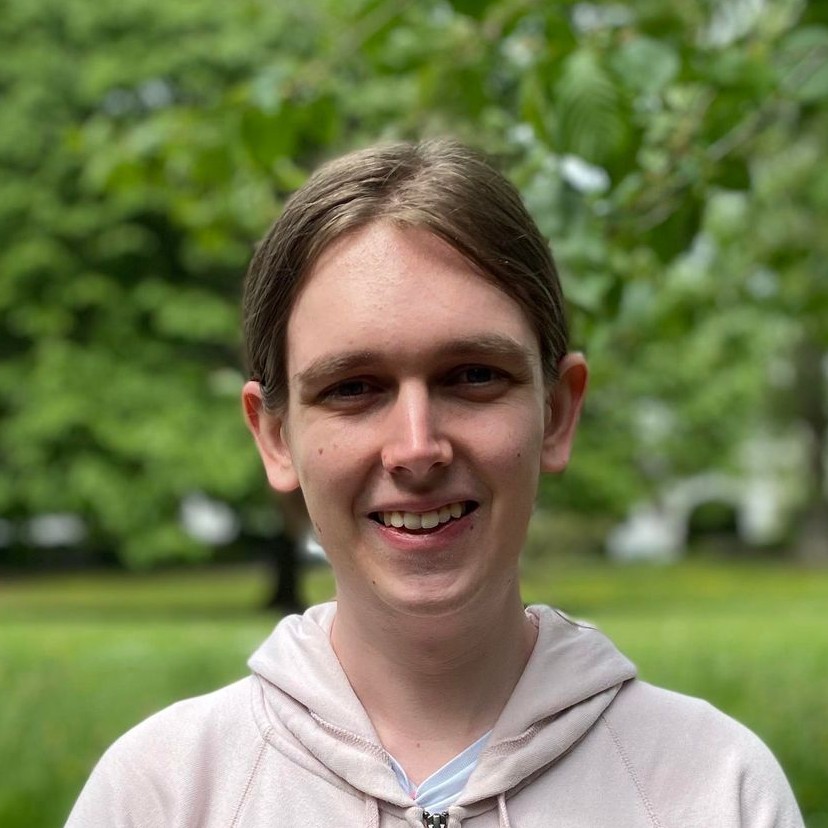Peter Lewin-Jones
PhD Title: Liquid Drop Collisions with Drops, Solids and Baths: When Do Trapped Gas Nano-films Cause Bouncing Rather Than Merging?
PhD Supervisors: James Sprittles and Duncan Lockerby
About Me:
My undergraduate degree was at Mansfield College, University of Oxford. I initially studied Mathematics, specialising in fluid dynamics, numerical methods and mathematical physics. At the end of my third year I undertook a summer research project investigating large-scale structures in turbulent fluids. I then switched to Mathematical and Theoretical Physics for my Masters year, graduating with a first class MMathPhys degree. My masters thesis used self-consistent field theory to model polymer melts.
My PhD research investigates the behaviour of the thin gas layer formed when a liquid droplet impacts onto a surface, such as another drop, a smooth solid or a bath of liquid. This problem contains physics beyond those captured by the classic Navier-Stokes equations of fluid dynamics, including moving contact lines and kinetic effects in the gas film. It is also fundamentally multi-scale, with the gas film thickness thousands of times smaller than the size of the drop.
I have developed a numerical model to predict when and how contact occurs during the impact of a drop. This modelling involves multi-scale numerical simulations using the finite element method. Currently, I am focused on the head-on collisions between identical droplets, and when these drops will merge or bounce. I am working on comparing to experimental data with the aim of predicting the critical impact speed at which the behaviour changes from bouncing to merging. This work has contributed to an upcoming review article by my supervisor, James Sprittles: Gas Microfilms in Droplet Dynamics: When Do Drops Bounce?, and a separate article is currently under review.
My PhD project was initially focused on the Leidenfrost Effect, where a drop is placed above a solid that is significantly hotter than the boiling point of the liquid drop, causing a layer of the liquid's vapour to form between the drop and the solid. Fractal-like contact patterns have been observed in the motion of the line where the liquid makes contact with the solid, as well as a rich variety of behaviour during the contact or rebound of the drop, with the vapour layer cushioning the impact.

Email:
peter.lewin-jones@warwick.ac.uk
